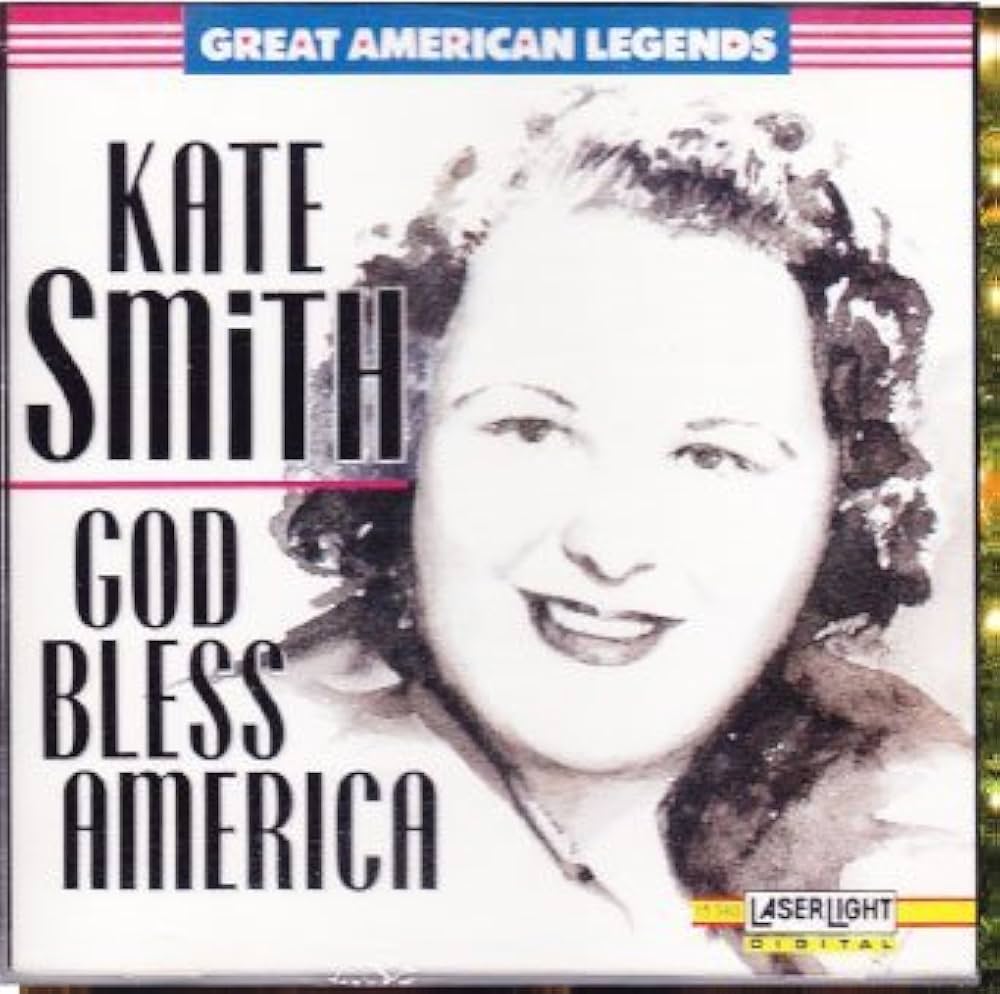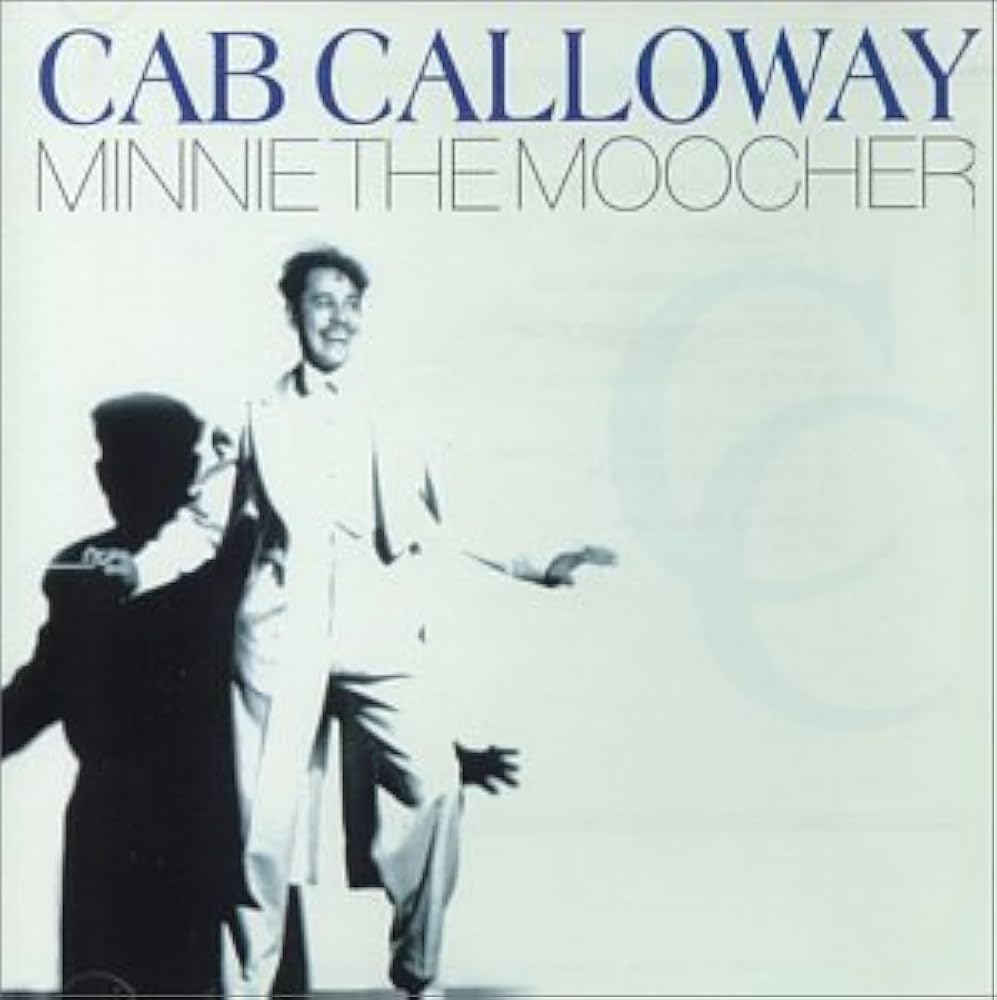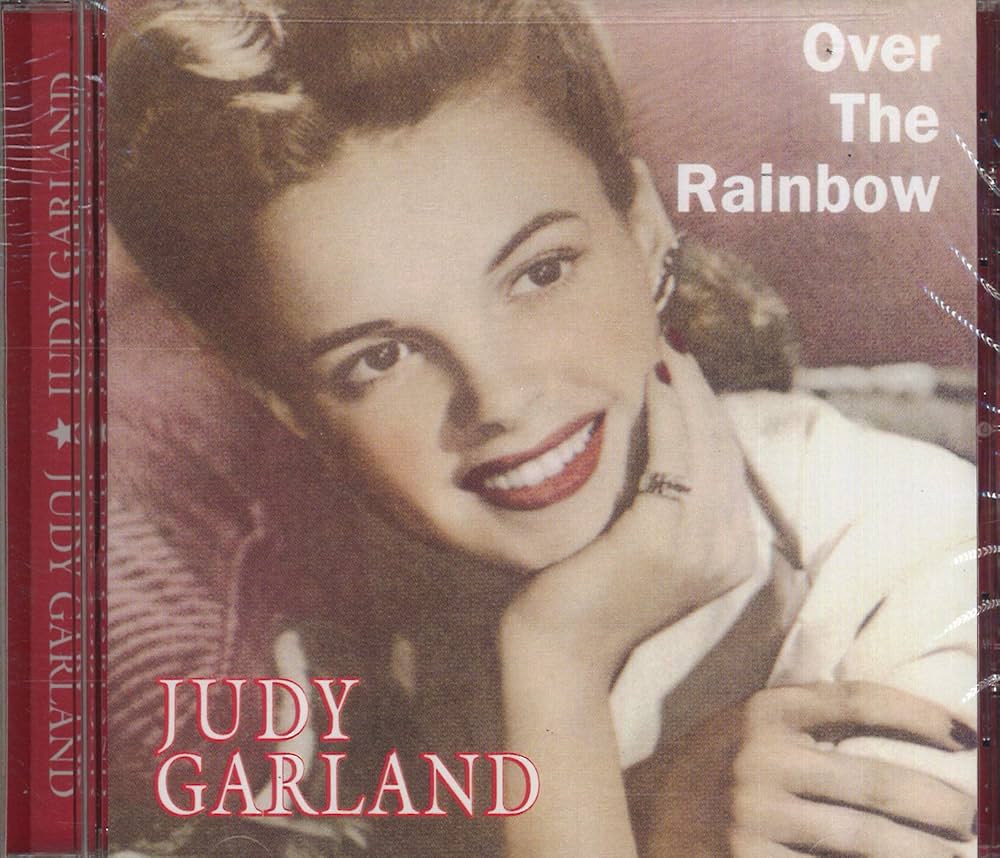 When the name Duke Ellington comes up, it’s impossible not to think of grandeur, sophistication, and an unmatched contribution to the world of jazz. Among his extensive catalog of classics, “Take the ‘A’ Train” stands out not only as a definitive piece of the Ellington legacy but also as an emblem of an era, a city, and a musical revolution. It’s a song that transcends its notes and rhythms, capturing the pulse of mid-20th-century New York, the magic of Harlem’s Renaissance, and the essence of swing itself. Yet, the tale behind “Take the ‘A’ Train” is one of collaboration, cultural identity, and the transformation of a simple subway direction into a global jazz anthem.
When the name Duke Ellington comes up, it’s impossible not to think of grandeur, sophistication, and an unmatched contribution to the world of jazz. Among his extensive catalog of classics, “Take the ‘A’ Train” stands out not only as a definitive piece of the Ellington legacy but also as an emblem of an era, a city, and a musical revolution. It’s a song that transcends its notes and rhythms, capturing the pulse of mid-20th-century New York, the magic of Harlem’s Renaissance, and the essence of swing itself. Yet, the tale behind “Take the ‘A’ Train” is one of collaboration, cultural identity, and the transformation of a simple subway direction into a global jazz anthem.
The composer behind the tune was not Duke Ellington himself but Billy Strayhorn, a quietly brilliant pianist and composer who would become Ellington’s most trusted musical partner. Strayhorn, a young prodigy from Pittsburgh, arrived in New York in 1938, and his relationship with Ellington quickly evolved from mentor-student to creative equals. The story goes that during their first meeting, Ellington gave Strayhorn directions to his home in Harlem by saying, “Take the A train.” This simple phrase sparked the inspiration for a tune that would define the Ellington Orchestra for decades.
Written in 1939, “Take the ‘A’ Train” perfectly encapsulates the spirit of a fast-moving, electrified city. The opening melody immediately conjures the sensation of a subway car pulling away from a station—light, energetic, and full of promise. The rhythm suggests motion, momentum, and the hustle of life in New York. Yet, the piece never feels rushed or chaotic; instead, it balances excitement with elegance. The tune is a brilliant example of the AABA form common in jazz and popular music, but Strayhorn’s melodic invention and harmonic sophistication make it anything but formulaic.
Ellington’s band quickly adopted “Take the ‘A’ Train” as their signature opening number, a musical calling card that announced their arrival on any stage. The song showcased the orchestra’s unique blend of individual virtuosity and ensemble precision. Every section—the bold trumpets, silky saxophones, resonant trombones, and rhythmic rhythm section—played a role in bringing the piece to life. It’s a conversation between instruments, a vibrant sonic tapestry that epitomizes the swing era’s energy and class.
The 1941 recording of “Take the ‘A’ Train” is what solidified its place in jazz history. This version captured the orchestra at its peak, right before the American Federation of Musicians recording ban would halt new releases and forever change the music industry. The recording pulses with energy, with solos from stars like Johnny Hodges (alto saxophone) and Cootie Williams (trumpet) shining brightly. The band swings with both discipline and joy—a testament to Ellington’s visionary leadership and Strayhorn’s compositional mastery.
Beyond its musical brilliance, “Take the ‘A’ Train” stands as a cultural symbol. Harlem in the late 1930s and 1940s was the epicenter of African American culture, a vibrant community of artists, writers, and musicians redefining Black identity. The A train itself, which runs through the heart of Harlem, became a metaphor for upward mobility, opportunity, and connection. The song captured this sense of movement and possibility, offering a soundtrack to an era of transformation and pride.
The collaboration between Ellington and Strayhorn was also a landmark in music history. While Duke was the face of the orchestra, Strayhorn’s influence was profound and enduring. He wrote or co-wrote many of the band’s most memorable pieces, arranged much of their repertoire, and provided a harmonic complexity that pushed the boundaries of jazz. “Take the ‘A’ Train” is often cited as the first indication of Strayhorn’s indispensable role in Ellington’s success, a partnership built on mutual respect and shared artistic vision.
Over the decades, “Take the ‘A’ Train” has been interpreted and reinterpreted by countless musicians. Its chord changes are a favorite among jazz improvisers, serving as a playground for creative expression. Vocalists like Ella Fitzgerald and Sarah Vaughan added lyrical interpretations, transforming the tune into a vocal jazz standard. Its melody has become instantly recognizable, a musical icon that evokes not only Ellington’s genius but the very spirit of swing.
The song’s impact extends far beyond jazz aficionados. It’s been featured in films, television, and even as a cultural reference point in literature and art. It’s synonymous with the glamour and grit of New York City, with the resilience of Black artistry, and with the enduring appeal of big band jazz. When “Take the ‘A’ Train” plays, it transports listeners to an age where the dance halls were alive, the music was the heartbeat of the city, and every note was a celebration of life’s complexity.
In terms of musical structure, the song’s use of the AABA format is a canvas upon which Strayhorn painted his harmonic sophistication. The bridge shifts the mood subtly, providing contrast and tension before returning to the exuberance of the main theme. The arrangement allows room for solos, but never lets the groove falter. This careful balance between composition and improvisation is what makes “Take the ‘A’ Train” both structured and spontaneous, rehearsed and alive.
Ellington’s orchestra was a living organism, and “Take the ‘A’ Train” was its heartbeat. The tune gave the band a signature identity at a time when jazz was rapidly evolving and competition was fierce. It helped establish the Ellington orchestra not just as a group of musicians but as an institution. It was their opening statement, their introduction to the world’s stages, their declaration of elegance and power.
Billy Strayhorn’s contribution to Ellington’s legacy is immeasurable. Though often overshadowed by the Duke’s towering presence, Strayhorn’s compositions and arrangements shaped the sound and spirit of the band. “Take the ‘A’ Train” stands as his most famous gift to jazz, a tune that outgrew its initial purpose to become an anthem. His harmonic language was rich, complex, and nuanced, adding layers of meaning and emotion that elevated the music beyond the ordinary.
Listening to “Take the ‘A’ Train” today, one can hear not only the echoes of an era but also the timeless qualities that make great music endure. The melody still swings, the rhythm still propels, and the ensemble still breathes as one. It’s a reminder that jazz, at its best, is both a reflection of its time and a conversation across generations.
The song’s legacy is also a reminder of the power of collaboration. The synergy between Duke Ellington and Billy Strayhorn transformed not only their careers but the entire trajectory of jazz music. Their partnership exemplified how two creative minds, different yet complementary, can produce work that transcends individual achievement.
“Take the ‘A’ Train” also invites reflection on the role of place in music. Harlem, the A train, the cultural context—these elements are inseparable from the song’s identity. It’s a piece rooted in a specific geography yet universal in its appeal. It tells a story of community and movement, of history and aspiration.
In the broader sweep of Ellington’s career, “Take the ‘A’ Train” occupies a unique space. It’s both a beginning and a constant. Though Ellington composed many masterpieces himself, this song, composed by his closest collaborator, became synonymous with his orchestra’s sound. It’s the tune that audiences expect, that musicians respect, that critics acknowledge as a pinnacle of jazz composition.
Through the years, the tune has been adapted and adopted by various ensembles and styles. It has found life in solo piano interpretations, big band revivals, vocal renditions, and modern jazz explorations. Yet no matter the arrangement, the core of the song remains intact: a spirited, elegant invitation to ride the rails of swing and sophistication.
“Take the ‘A’ Train” is more than a jazz standard. It is a cultural artifact, a musical monument to a moment and a movement. It carries with it the weight of history, the joy of creativity, and the promise of connection. It is a sound that captures the complexity of an era and the timelessness of great art.
When Duke Ellington’s orchestra launched into “Take the ‘A’ Train,” it was more than a song—it was a statement. It said that jazz could be refined and raw, complex and catchy, sophisticated and accessible. It said that music could carry the spirit of a place, the heartbeat of a community, and the vision of two extraordinary artists. It was a ride uptown on the A train, yes—but it was also a journey through the soul of American music.
The song’s endurance speaks to its perfection. It captures the swing era’s energy, Harlem’s vibrancy, and Ellington’s grandeur all in a few minutes of music. It invites listeners to join in the movement, to step onto the train, and to experience the elegance of jazz at its finest. And over eighty years later, “Take the ‘A’ Train” still swings with the same brilliance, inviting new generations to discover its magic and to keep the ride going.


